Beef cattle genetics from the United States are highly sought after. Live animals, semen, and embryos are in ever-increasing demand. Using the highest health standards, an excellent transportation system, and the latest technology, U.S. beef cattle genetics can be quickly and efficiently sent to any place in the world.
- Although the United States has less than 10% of the world’s cattle inventory, it produces nearly 25% of the world’s beef supply.
- More than 1 million beef businesses, farms, and ranches operate in 50 States.
- High-quality beef cattle genetics have been developed to fit climates that range from tropical to arctic.
- U.S. beef producers have focused on cattle uniformity
- Good genetics are essential to operation profitability
- Bull selection is the foundation for building a profitable beef herd
- Choosing the correct sire is the most important tool in improving the genetic potential of a herd.
Each Breed Offers Unique Characteristics
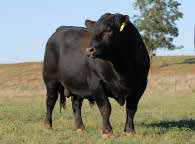
Angus cattle are naturally polled and solid black or red, although the udder may be white. They offer genetic advantages for calving ease, growth, carcass quality, milk, fertility, and good disposition. Angus can introduce functionality and value into herds while cutting operating costs, reducing time and labor requirements, balancing traits, and boosting profits.
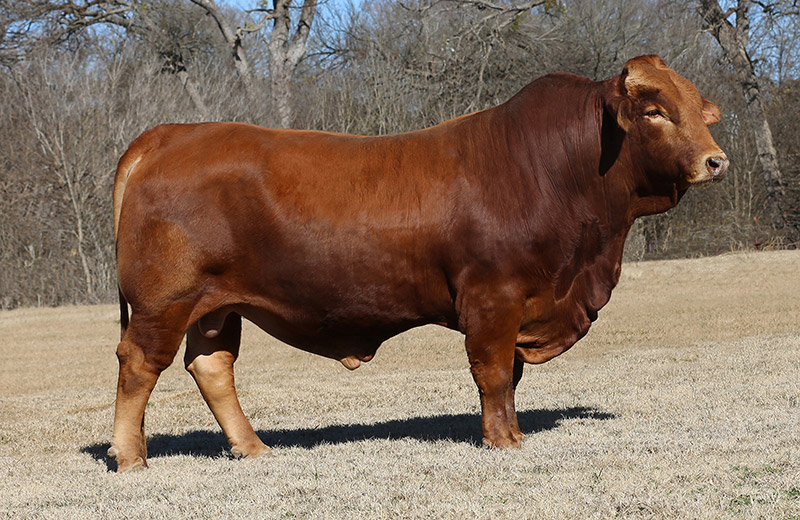
Beefmasters resulted from systematic crossing of Hereford, Shorthorn, and Brahman cattle. The new breed was based on 6 essentials: weight, conformation, milk production, fertility, hardiness, and disposition. Beefmaster is the only beef breed specifically developed to excel in these important economic traits.
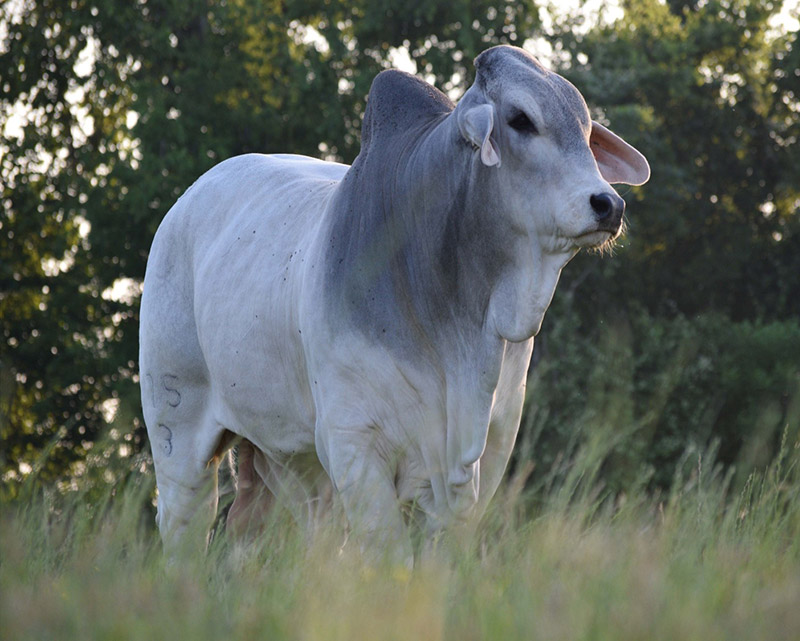
Brahmans are hybrid zebuine-taurine beef cattle with humps, drooping ears, and dewlaps. They are recognized for exceptional hardiness and physical stamina, profitable production on marginal land, longevity, parasite resistance, and unequaled performance in weight per day of age. Brahmans’ ability to generate maximum hybrid vigor when crossed with other breeds is unmatched.
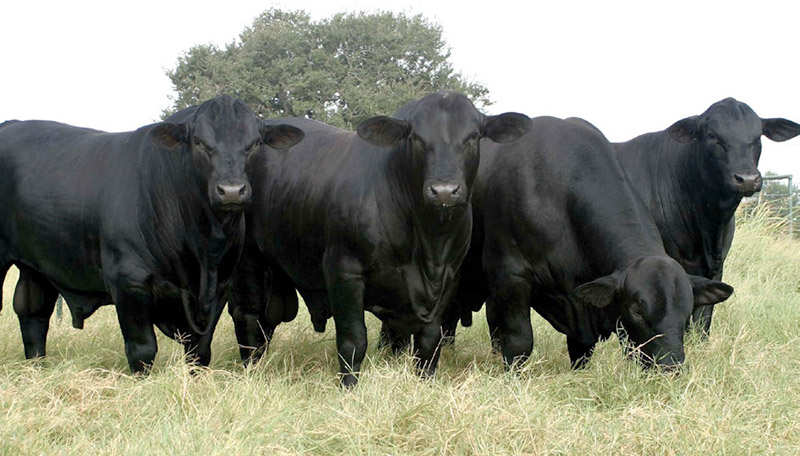
Brangus combine the genetics of Brahman and Angus cattle. Selection over 70 years has created a unique breed that thrives in harsh environments while producing highly marbled, high-quality beef. Brangus are known for overall thriftiness, maternal strength, feedlot performance, high carcass merit, and overall balanced performance.
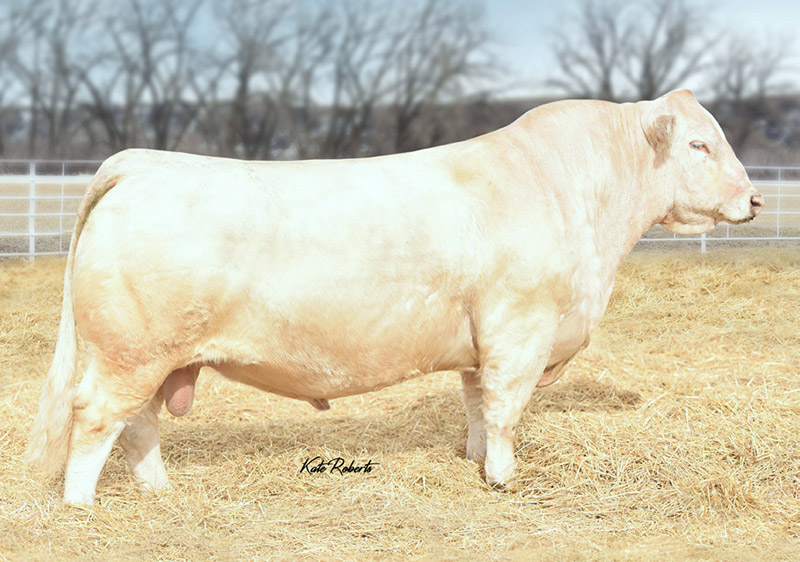
Charolais are large, white cattle that are known for their muscling, correctness, and size. They demonstrate superiority in growth ability, efficient feedlot gains, and carcass cut-out values. Although Charolais are naturally horned, polled Charolais are now available as the result of a breeding-up program.
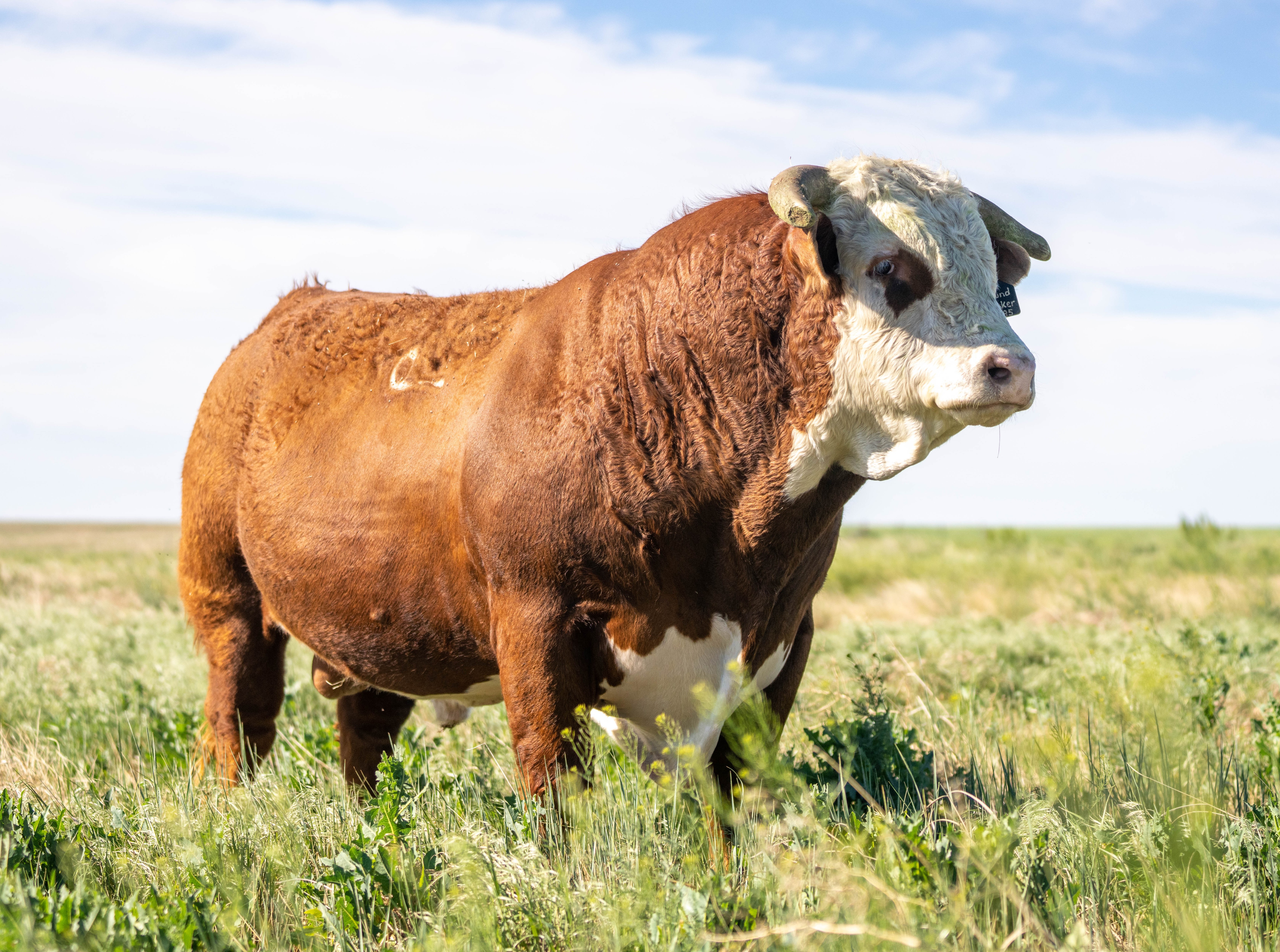
Hereford cattle were brought from England to the United States in 1817 because of their efficient production, high yields, and sound reproduction. They added pounds to native cattle grazing U.S. rangelands while also creating reproductively efficient females. Their genetic advantages include docility, fertility, feed efficiency in the pasture and feedlot, longevity, and production efficiency.
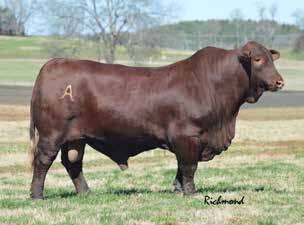
Santa Gertrudis combine the genetics of Brahman (3/8) and Shorthorn (5/8) cattle. They were developed for survival and are adaptable to most climates, environments, and terrains. Santa Gertrudis are known for rapid and efficient growth, solid red color, hardiness, maternal excellence, and good disposition.
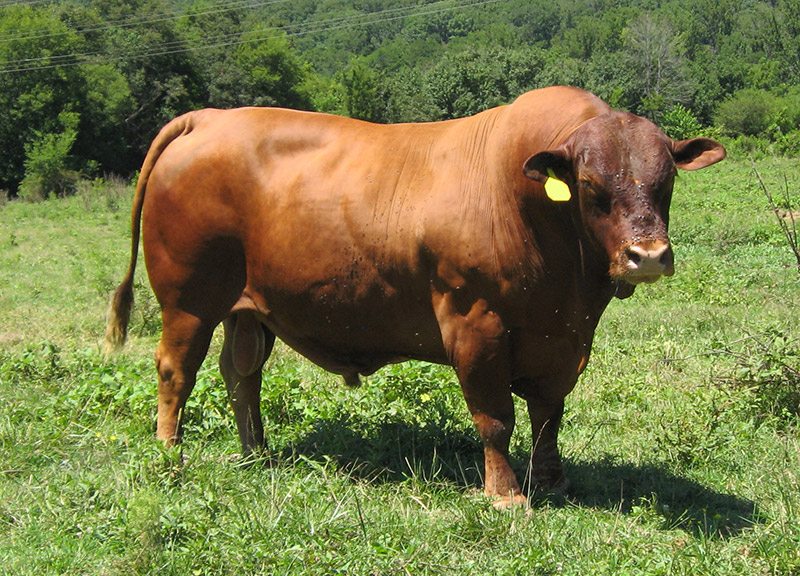
Senepol cattle are an admixed breed developed on the Caribbean island of St. Croix using Red Poll, N'Dama, and Criollo cattle. They are red, polled, early maturing, gentle, and heat tolerant. They are known for their hybrid vigor, grazing ability, carcass quality, meat tenderness, disease and insect resistance, calving ease and calf vigor, maternal efficiency, and longevity.
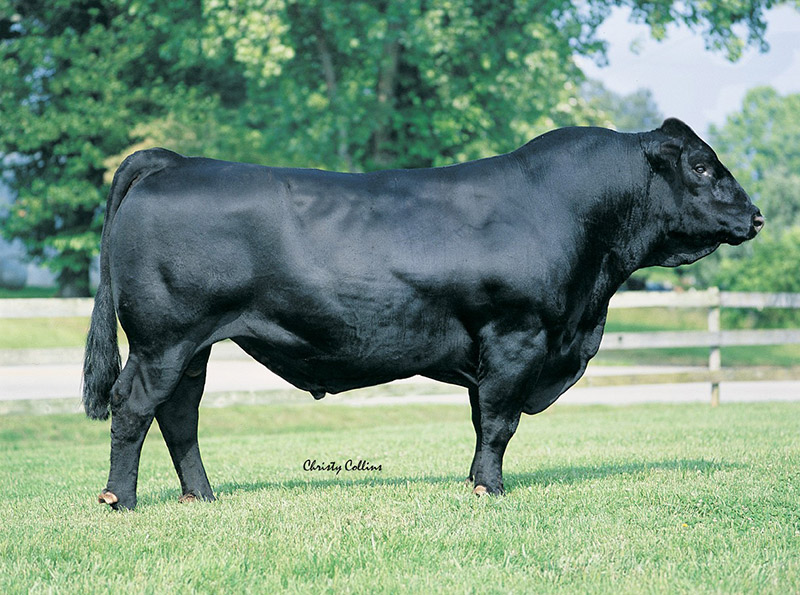
The focus of U.S. breeders in developing the American Simmental was to make a commercially applicable and genetically superior beef animal. Simmental have made genetic improvement in traits from calving ease to stayability and growth to marbling during the past 20 years. Once used to inject only muscle and milk, they are a leading source of balanced, progressive genetics.
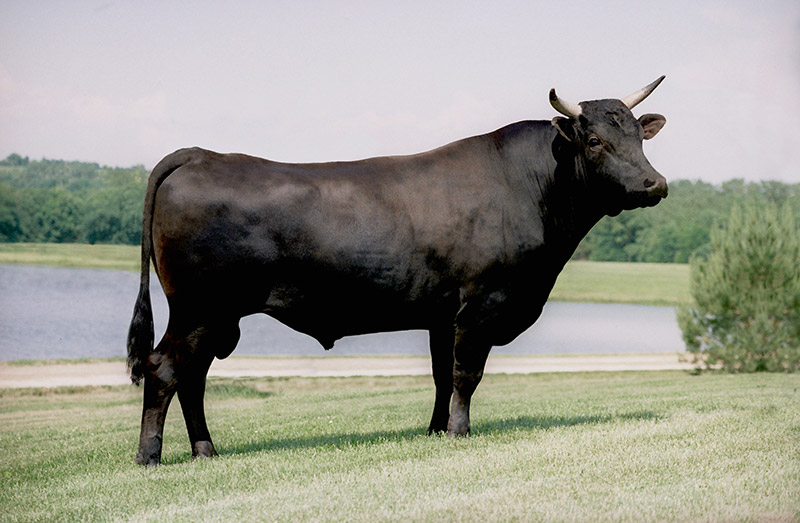
The United States has the world’s largest registry for Wagyu genetics outside of Japan. Genetic integrity of both full-blood and purebred Wagyu is ensured through DNA parent verification before entering the herdbook as a registered Wagyu. With its exceptional marbling, superior tenderness, exquisite flavor, and proven health benefits, Wagyu beef is the pinnacle of the red-meat world.
 Skip to main content
Skip to main content
